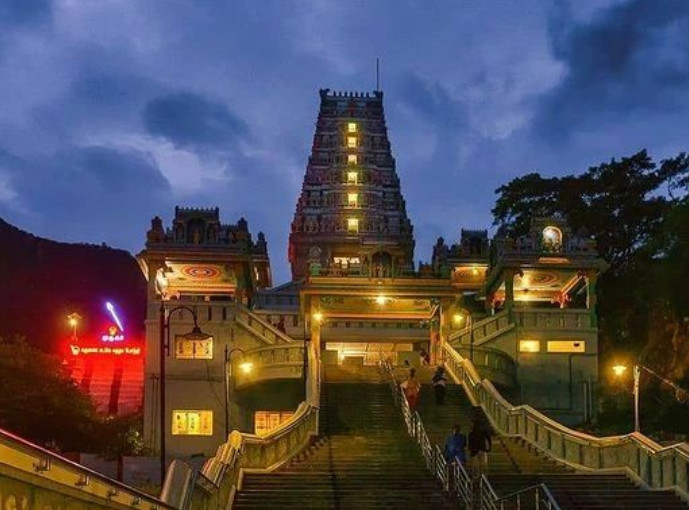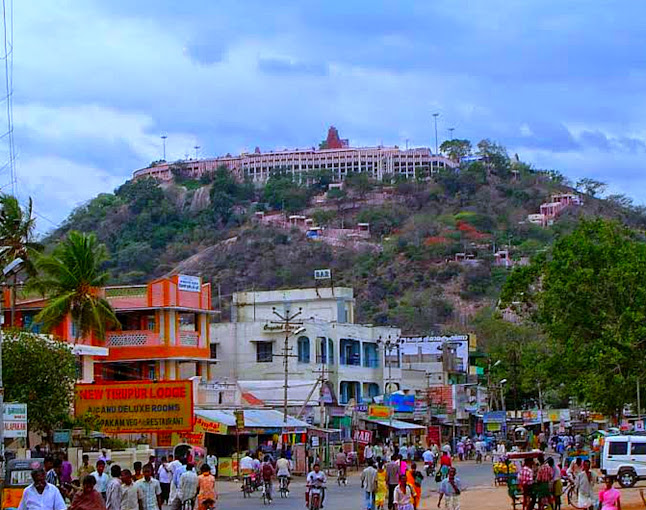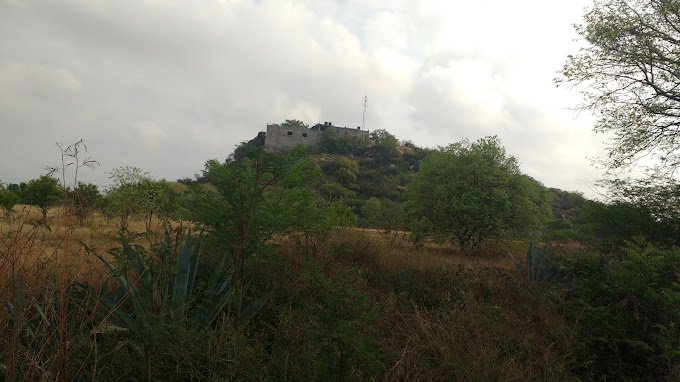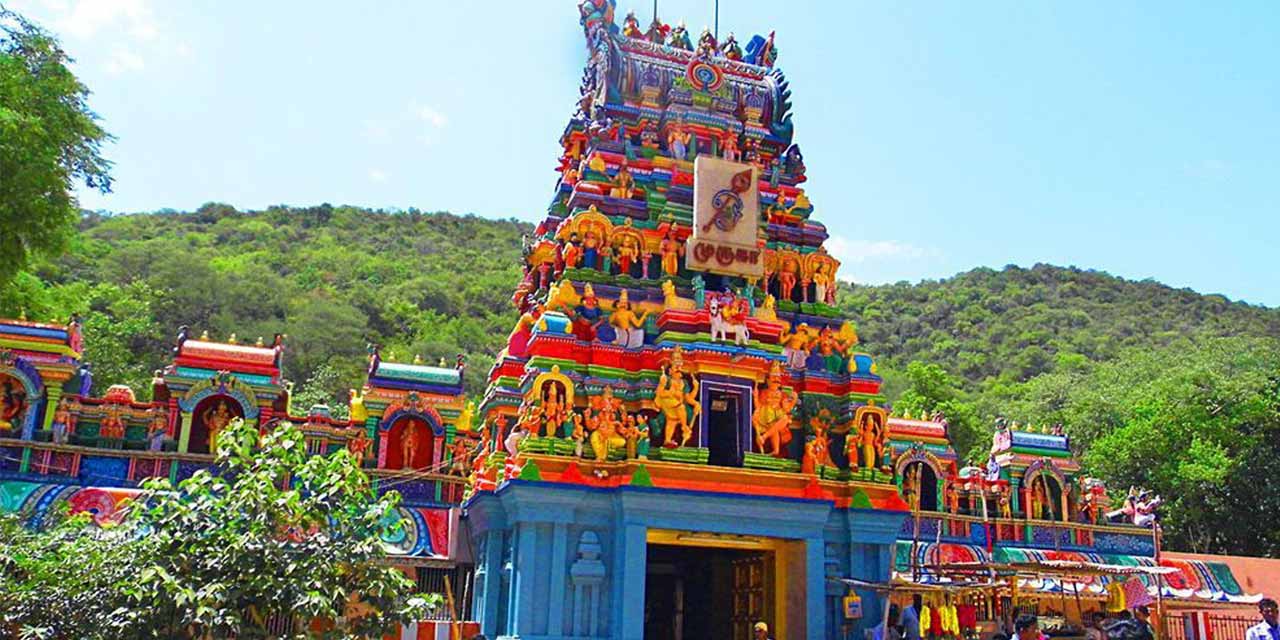Nestled amidst the picturesque landscapes of Coimbatore, Tamil Nadu, India, the Subramaniya Swamy Temple, often referred to as Marudhamalai or Maruthamalai, stands as a cherished gem of the 12th century. This ancient hilltop sanctuary, steeped in history and spirituality, has been a sacred abode for devotees and pilgrims for centuries.
Erected during the illustrious Sangam period by Tamil kings, its mention in the revered Purananuru attests to its timeless significance. The temple’s primary devotion is to Lord Murugan, and it holds the esteemed position of being recognized as the Seventh House of Lord Murugan, adding to its spiritual allure.
Perched majestically upon a hill within the Western Ghats, approximately 12 kilometers west of Coimbatore’s city center, this temple is a cherished destination for devotees during Thai Poosam and various other Murugan festivals. The temple comes alive on many evenings with a captivating Rath Yatra, where devotees joyously process Lord Murugan in a chariot around its sacred precincts.
Administered and lovingly maintained by the Hindu Religious and Charitable Endowments Department of the Government of Tamil Nadu, Marudhamalai Murugan Temple remains an enduring testament to devotion, culture, and heritage.
Marudhamalai: Where Nature and Divinity Converge
The name “Marudhamalai” unveils the captivating narrative of a remarkable temple nestled upon a soaring granite hill that reaches a height of 600 feet (180 meters). This name finds its roots in the indigenous marudham tree, scientifically known as Terminalia arjuna or the Arjuna tree, which thrives abundantly upon this majestic hill. The word “marudham” pays homage to this native tree, while “malai” gracefully signifies the essence of a hill or mountain, beautifully encapsulating the temple’s geographical identity in the Tamil language.
What sets this Murugan temple apart from its counterparts is its unique positioning on the eastern face of the hill, deviating from the conventional placement of Murugan temples on hills. Here, nature’s beauty and divinity harmoniously converge, creating a sacred space that resonates with both spiritual and natural significance.
Pambatti Siddhar: The Mystic Connection Between Marudhamalai and Divine Revelation
At the southern end of the temple, a staircase within the pragaram leads to a hallowed cave known as the Pambatti Siddhar cave. Within its sacred confines, the spirit of Pambatti Siddhar, or Paambatti Siddhar, one of the revered 18 Siddhars, is enshrined. This mystic sage graced the earthly realm during the 12th century and embarked on a profound spiritual journey upon the Marudhamalai hill.
Legend has it that Pambatti Siddhar’s unwavering penance drew the attention of Lord Murugan, who manifested as a serpent before him. In a subsequent divine revelation, Lord Murugan, accompanied by his consorts Valli and Deivanai, appeared to Siddhar. It is said that Deivanai blessed Siddhar with the Marudha Theertham, a sacred gift of divine significance.
A remarkable aspect of this sacred connection is the creation of a connecting tunnel route that spans from Lord Murugan’s sanctum sanctorum to Siddhar’s cave. Siddhar is believed to have utilized this tunnel to offer his devotions and worship the Lord, establishing an enduring spiritual link between Marudhamalai and the divine realms.





